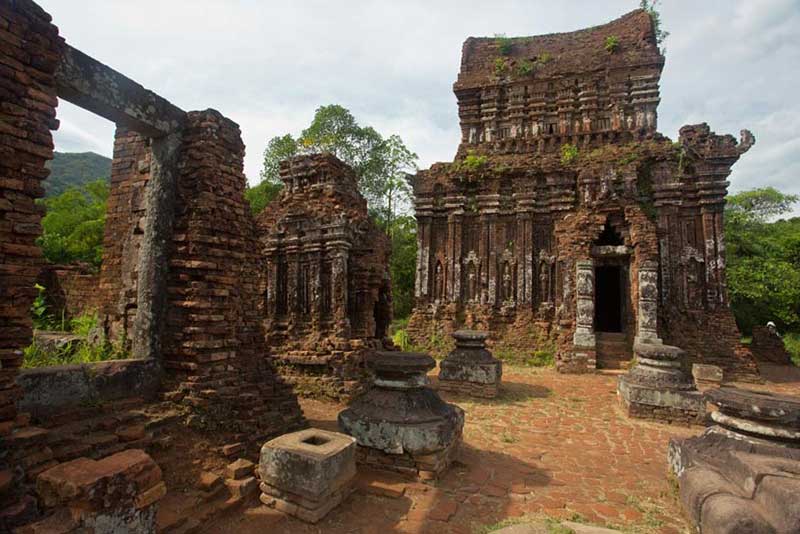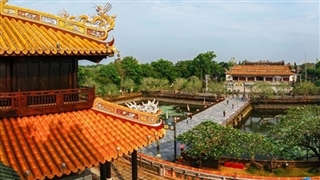Oc Eo – Ba The relic site set to be on UNESCO World Heritage’s Tentative List
PSNews - The Institute of Imperial Citadel Studies under the Vietnam Institute of Social Sciences on March 25 announced their findings of the Oc Eo Cultural Archeology project and published the book “Oc Eo Culture – New archeological discoveries in the Oc Eo - Ba The and Nen Chua period 2017-2020.”

Oc Eo is a famous archaeological culture in Southern Vietnam associated with the history of the ancient kingdom of Phu Nam.
It was first discovered by French archaeologist Louis Malleretin in 1942 via artefacts unearthed in the area of Oc Eo field, at the foot of the Ba The mountain, Thoai Son District, An Giang Province.
Over the past decades, excavations here have brought to light a large number of relics showing the history of the Oc Eo culture, proving that Oc Eo - Ba The used to be a bustling and famous urban center of the Phu Nam kingdom.
In 2015, the Prime Minister assigned the Vietnam Institute of Social Sciences to carry out the project of “Research on the archaeological site of Oc Eo – Ba The, Nen Chua.”
According to Assoc. Prof. Dr. Bui Minh Tri, Director of the Institute of Imperial Citadel Studies, after nearly 4 years of implementation, the project has been completed and has discovered many important new scientific achievement, clarifying the outstanding values of the Oc Eo – Ba The relic site.
In particular, in the Asia ancient urban system in AD period, Oc Eo - Ba The clearly demonstrated its role as an important and pervasive cultural and economic trade center, holding a great regional influence.
Especially, the new discovery of ceramics from the Roman Empire, India, China and West Asia has contributed to a deeper explanation of the cross-oceanic cultural and economic exchange relationship in the Oc Eo urban center.

 Measures suggested for cultural heritage preservation, optimisation
Measures suggested for cultural heritage preservation, optimisation  Ba Be National Park – natural potential, invaluable heritage
Ba Be National Park – natural potential, invaluable heritage 